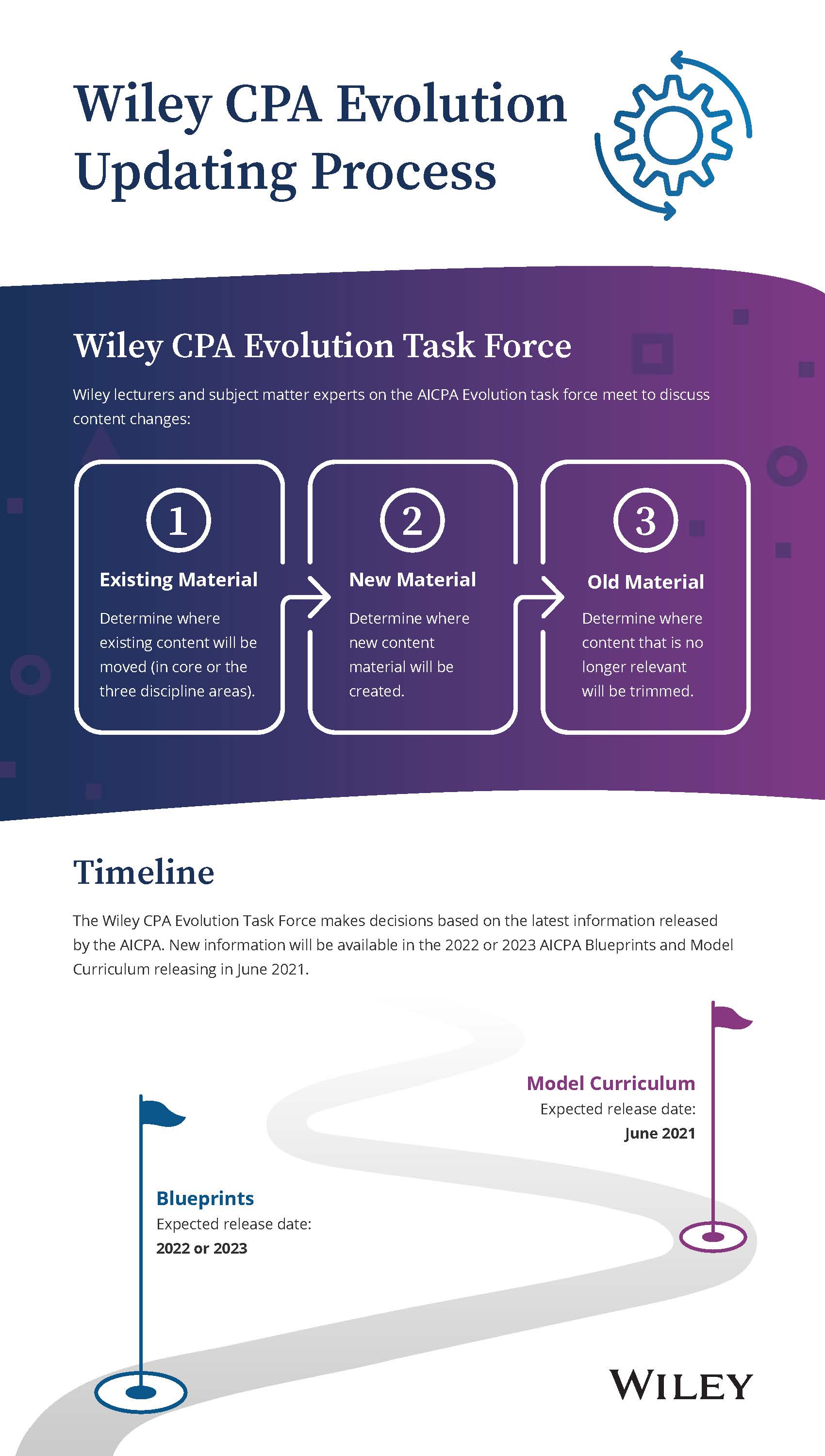efficacy-what-is-it-and-what-can-it-do
October 12, 2022
My career- well, my life, actually has been dedicated to learning. Currently, I serve as the Director of Learning & Curriculum Strategy in the test preparation and certification business unit. In this role, I’m responsible for driving the creation of learning products (e.g., Wiley CPAexcel) that help learners achieve their career outcomes.
My goal is to provide you with practical education about learning, insight, and application for use in your classroom, and, hopefully, to build community with both educators and learners. To that end, I invite you to join the conversation!
This first post Efficacy – What Is It and What Can It Do? briefly defines and describes efficacy and how efficacy makes a difference in learning. If you’re like me, you are hearing the word “efficacy” more and more in work or academic conversations. But what does it really mean in that context? Let’s look.
Efficacy Defined
Open a dictionary – in my case, it is the Merriam-Webster – and you’ll find a definition of “efficacy” along the lines of “the power to produce an effect.” Efficacy, by definition, is the “power to produce an effect” or the ability to cause a desired effect.
The effect is not guaranteed. Notice the definition of efficacy does declare the “effect” will occur. Let me give a personal example to illustrate what this means. Recently, I was placed on an antibiotic for an ear infection. That antibiotic has the power to cure the illness. Will it? The cure is likely, but it is dependent upon other conditions, most notably my taking the antibiotic. And, taking the antibiotic can be even more effective if I take it as prescribed, at the same time every day, and if I space the consumption of the antibiotic evenly to ensure consistent coverage for the entire period of the prescription. So, the antibiotic is efficacious but, in and of itself, it is not effective.
Let’s look at some examples to help us better understand "efficacy" and the difference between efficacy and effectiveness:
EXAMPLE | POWER (EFFICACY) | EFFECT |
Vaccine | Prevent disease | Did not contract the disease |
Antibiotics | Cure illness | Illness is cured |
Assembly process | Ensure consistent product | Fewer defects |
Curriculum | Cause learning | Learning occurs |
Let’s agree that “effectiveness” is often used synonymously with “efficacy” – and, it shouldn’t be. The above explanation of “efficacy” will help delineate the two.
How Can Efficacy Make a Difference in Learning?
A well-designed curriculum has the power to cause learning. Understanding that power is critical in curriculum development. How do we create “power?" How do we create the right “power?" The answer is in sound instructional design.
The power, or efficacy, of a curriculum, doesn’t just happen; it is systematically designed, developed, and delivered to the learner. We must consider the design of the curriculum as well as how it should be developed and delivered to optimize learning. My next blog will look at building efficacy into the learning experiences you create for your students. My examples will be supported by my personal experiences as a professor and Director of Learning and Curriculum Strategy at Wiley. For example, let’s explore the “power” of teaching, study text, assessments, and flashcards. And, let’s not forget to discuss the power of a good learning plan.
Building efficacy, or power, into a curriculum gives the curriculum the power to cause learning. The learner shares the rest of the responsibility. We can help them embrace that learning, rather than reject it, by considering engagement in our design and delivery.












